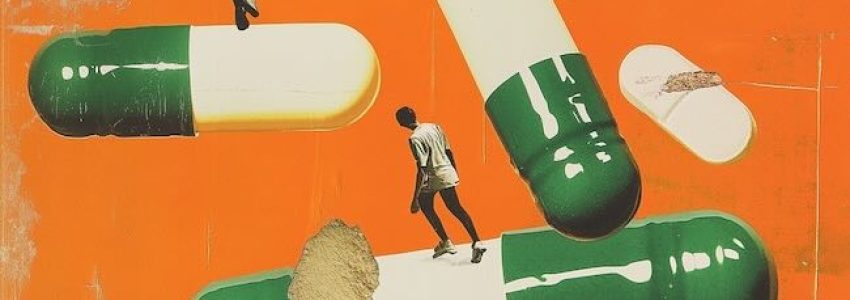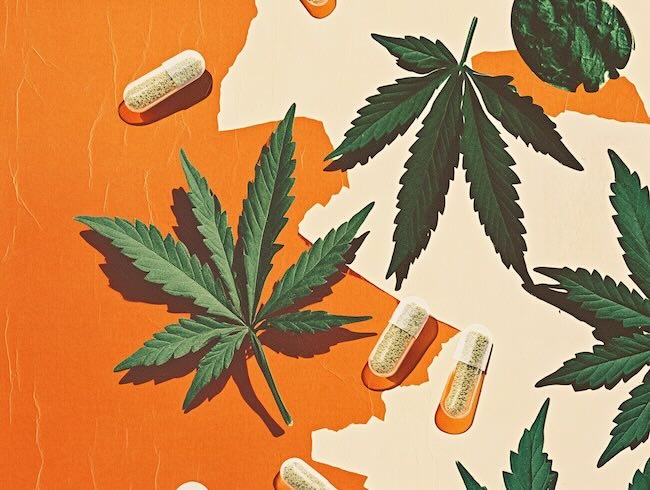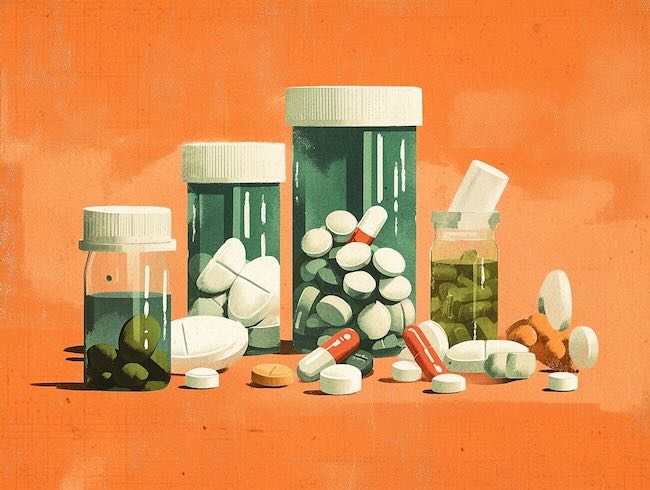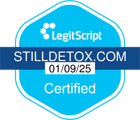October is Substance Abuse Prevention Month—a time to raise awareness about the changing landscape of drug use and highlight the emerging substances that are threatening the safety of teens and young adults. While reports show that overall substance use rates are stable or declining, the rise of new synthetic drugs, dangerous combinations, and counterfeit pills are creating unprecedented risks.
Why Is Substance Abuse Prevention So Important?
Preventing substance abuse in teens is critical for safeguarding their developing brains and promoting healthier futures. Statistics show that 1 in 8 teens report using illicit drugs within the past year, and 62% of high school seniors have abused alcohol by graduation. Early substance use is strongly linked to long-term addiction risks, with 11.2% of overdose deaths occurring among individuals aged 15 to 24.
Research also shows that delaying the start of substance use by just one year significantly reduces the risk of developing long-term addiction. As Dr. Nora Volkow, director of the National Institute on Drug Abuse (NIDA), puts it: “Delaying the start of substance use among young people can decrease substance use for the rest of their lives”. Prevention efforts aren’t just about avoiding addiction—they also promote academic performance and social stability, giving teens a stronger foundation for their future.
What Are the Most Common Drugs Teens Are Using in 2024?
The substance use landscape is constantly changing, with some drugs becoming more prevalent. Here are the teen drug abuse statistics in 2024:
- Alcohol: 45.7% of 12th graders reported using alcohol in the past year, a drop from 51.9% in 2022.
- Nicotine Vaping: 23.2% of 12th graders vaped nicotine, down from 27.3% in 2022.
- Cannabis: 29% of 12th graders reported using cannabis, and 19.6% admitted to vaping THC in the past year.Vaping highly concentrated THC increases the risk of impaired cognitive development, memory issues, and mental health concerns like anxiety and depression.
- Nitrous Oxide (Galaxy Gas): The second-most abused substance by teens, often used as “laughing gas” and sold under names like Galaxy Gas. Misuse can lead to severe oxygen deprivation, nerve damage, and even sudden death.
- Delta-8-THC: 11.4% of 12th graders reported using delta-8-THC in the past year. Found in gummies and vapes, it’s marketed as a legal alternative to marijuana. However, its effects can impair focus and increase the risk of psychosis and long-term mental health issues in teens.
How Are Emerging Synthetic Drugs Impacting Teens?
In 2023, the biggest concerns are the rise of powerful synthetic drugs that are often mixed with other substances, making them far more dangerous. Here’s what to watch out for:
- Pink Cocaine (“Tucibi” or “2C-B”): Marketed as a “designer drug,” this substance is more potent than regular cocaine and can cause severe hallucinations, paranoia, and agitation.
- Ketamine: Abused for its dissociative effects, combining ketamine with other drugs greatly increases the risk of overdose and psychological harm.
- Nitazenes: A class of synthetic opioids that are 10-20 times stronger than fentanyl. Just a few milligrams can be fatal, and they are often found in counterfeit pills.
- Bromazolam: A new synthetic benzodiazepine marketed as a Xanax substitute. It’s highly addictive and has been linked to multiple overdose deaths.
What Is the Counterfeit Pill Crisis?
Counterfeit pills are a major threat, as they look almost identical to legitimate prescription drugs but contain dangerous substances like fentanyl or other synthetic opioids.
Common Counterfeit Pills to Watch For:
- Fake Xanax (“Farmapram”): Often contains fentanyl or bromazolam.
- M30 Pills (“Mexican Blues”): Look like oxycodone but are frequently laced with fentanyl.
- M15 Pills: Similar to M30, but still lethal when mixed with fentanyl.
- Fake Lortab (Hydrocodone): Usually cut with Fentanyl or Nitazenes.
These counterfeit pills are responsible for a growing number of adolescent overdose deaths because even a tiny amount of fentanyl can be fatal.
Why Are Teen Overdose Deaths Increasing?
Although overall drug use hasn’t increased dramatically, overdose deaths among teens aged 15-19 have surged. This rise is mainly due to the presence of fentanyl in counterfeit pills and party drugs like MDMA.
How Can Families and Communities Prevent Substance Abuse?
- Open Communication: Be Direct, Not Judgmental
Create a space where teens feel comfortable sharing without fear of punishment. Try talking during a drive or while doing an activity together. Ask questions and listen.
Example: Instead of saying, “Don’t ever try drugs!”, try, “Have you heard about what’s happening with fake pills? Let’s talk about why they’re so dangerous.” - Education: Make It Real, Not Just Warnings
Use real stories and news to connect risks to their reality.
Example: Talk about fake pills sold on platforms like Snapchat and say, “Some of these look just like Adderall but can have deadly fentanyl in them. Even one could be lethal.” - Monitor for Signs of Abuse: Notice the Small Changes
Watch for early warning signs like changes in habits, secrecy, or a shift in friends.
Look for subtle changes such as:
– Constantly tired, slurred speech, or strange odors.
– Avoiding family, locking doors more often, or sudden irritability.
Why It Matters: Building Trust, Not Just Setting Rules
Preventing substance abuse isn’t just about restricting access—it’s about giving teens the tools, confidence, and support to make safe decisions, even when you’re not around.
As Dr. Nora Volkow says, “The earlier we intervene and delay the onset of use, the more we decrease the risk of lifelong struggles with addiction.”
How Does Still Detox Contribute?
At Still Detox, we discuss these topics regularly on our blog and provide up-to-date information on the latest substance abuse trends and emerging street drugs. Our goal is to raise awareness and keep the community informed about the evolving risks, from synthetic opioids to dangerous counterfeit pills.
We believe in empowering families with the knowledge they need to recognize early warning signs and take proactive steps to safeguard their loved ones. Visit our blog to stay informed and get the latest updates on what’s happening in the world of substance abuse prevention.










